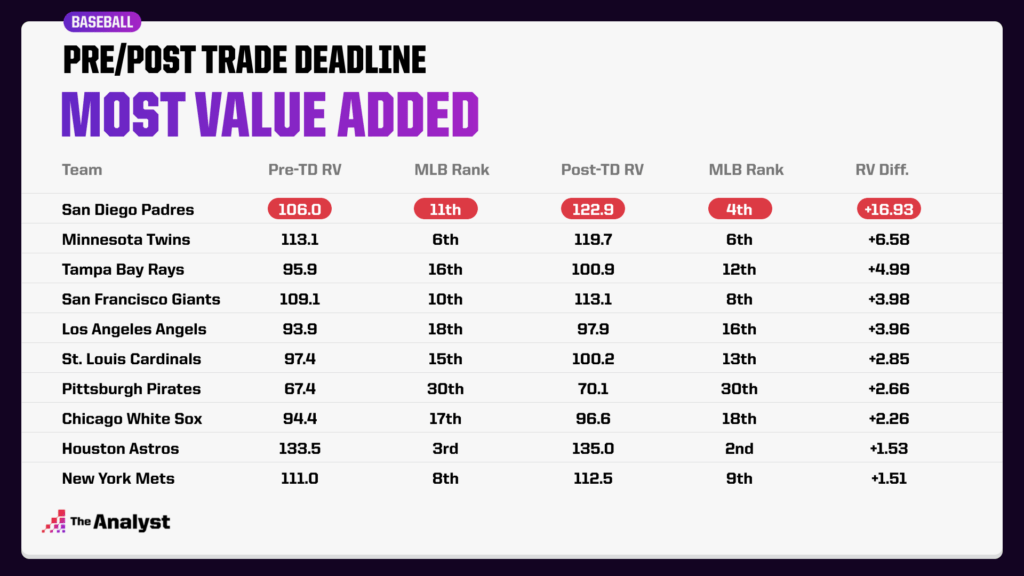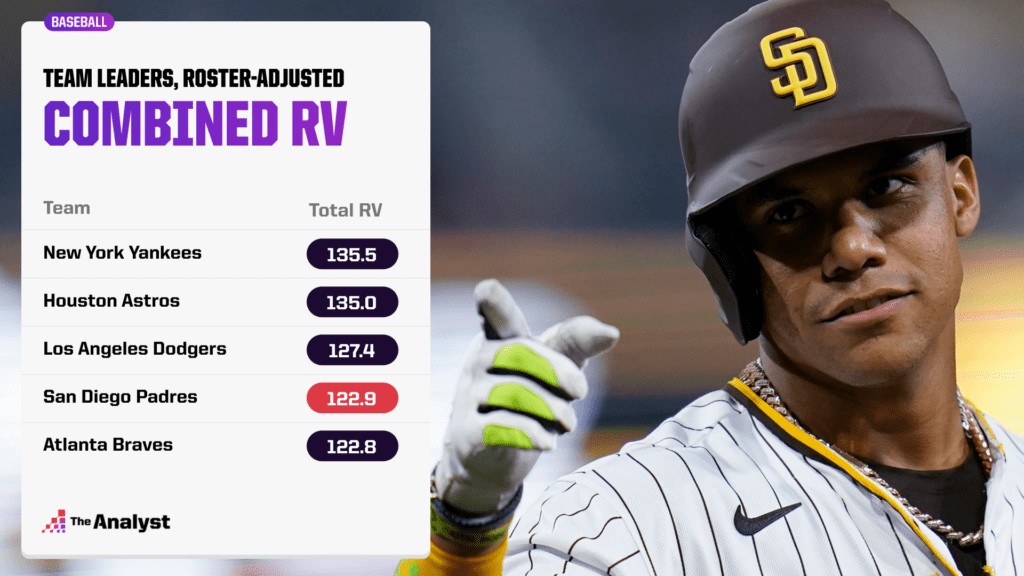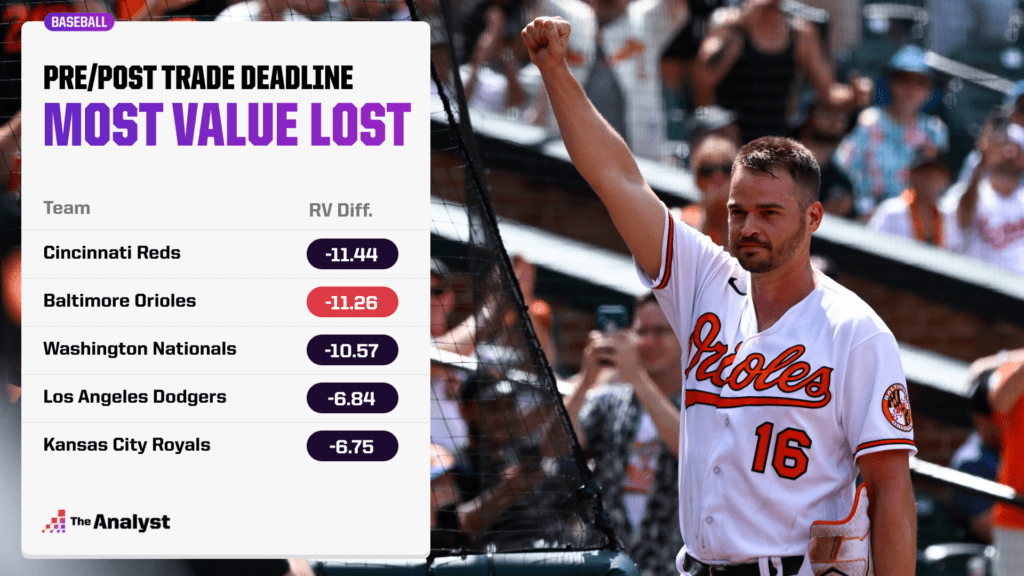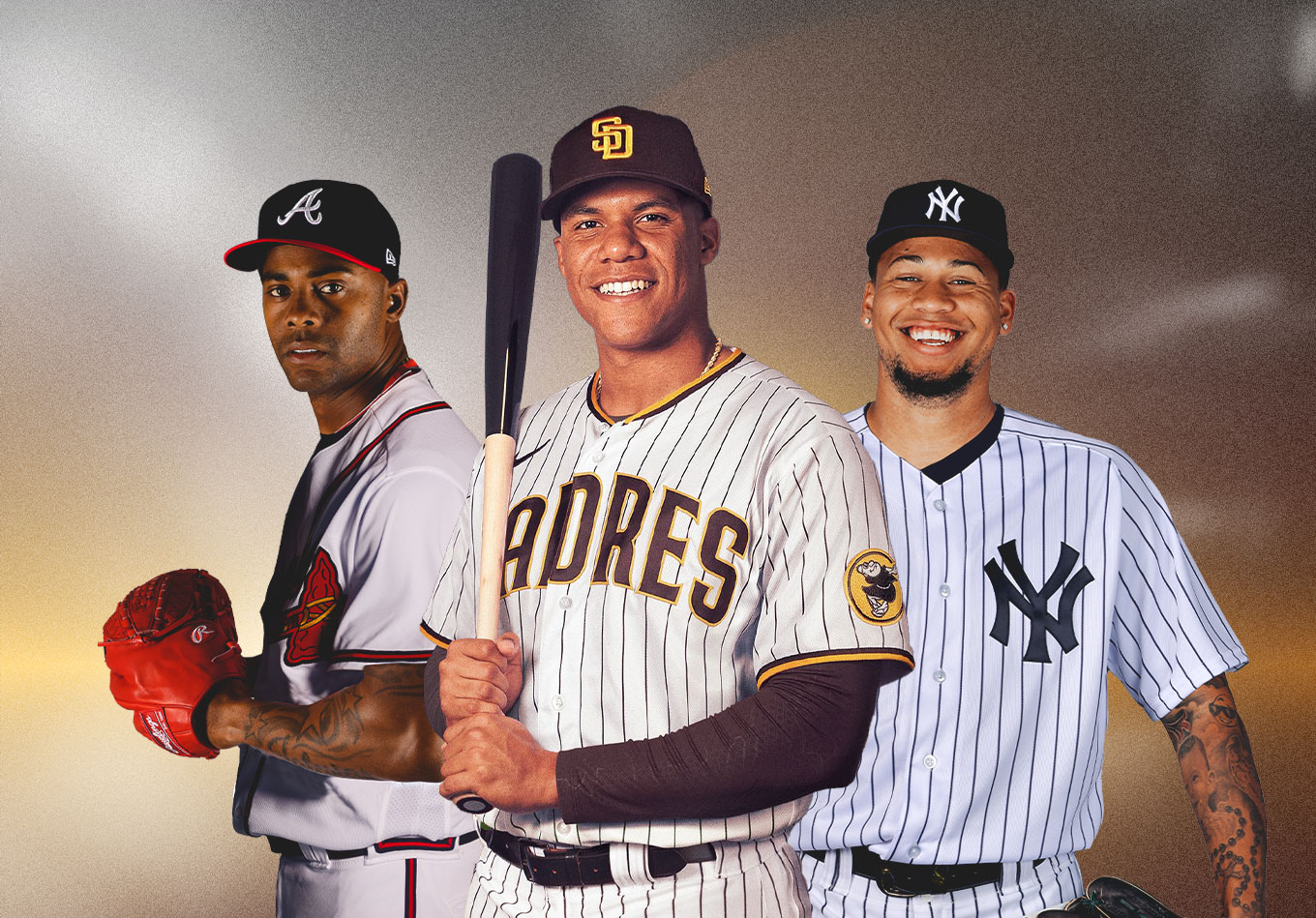Even the old baseball scribes who have been around forever confessed they’d never seen anything like it.
The Washington Nationals made the unprecedented move in dealing a two-time All-Star not yet 24 years old who’s on a Hall of Fame trajectory at the Major League Baseball trade deadline.
Juan Soto, who’s even younger than some of the prospects that were being moved, probably would have been enough to give the San Diego Padres all the headlines, but, of course, their always-active general manager A.J. Preller didn’t stop there.
They also acquired slugging first baseman Josh Bell (14 home runs) in the Soto trade, and infielder Brandon Drury (20 homers) from the Cincinnati Reds and lefty closer Josh Hader from the Milwaukee Brewers in separate deals.
Of course, the inevitable list of winners and losers have already flooded the internet and San Diego’s overhauls certainly looks like a winner.
However, did the Padres really add the most value during one of the most entertaining deadline days of all time? Can we put numbers behind that?
We can by using raw value (RV), which examines how a hitter performs throughout each pitch of an at-bat rather than just the end result (RV+) and how a pitcher performs in that respect as well (RV-), to determine how much value each club added – or lost – at the deadline.
And we’ve done that by comparing how much RV a team had accumulated heading into Tuesday’s trade deadline with how much value players on that team’s current roster have racked up so far heading into Thursday’s action. We’ve used the rate version of these metrics for this comparison because there could be a large discrepancy between plate appearances between the clubs.
So let’s dig into the numbers to discover which teams the data points to as the top movers from the 2022 shopping spree:

So our model confirms what everyone has suspected: The Padres were indeed by far the big winners of the trade deadline, adding the fifth- (Soto) and 33rd-ranked (Bell) players across MLB in RV+ and a closer (Hader) who ranks 10th among those with at least 35 innings pitched with a 153 whiff+.
As a result, San Diego also made the biggest leap in our roster-adjusted RV team rankings by moving into the top four after sitting 11th heading into the deadline.

The Minnesota Twins added the second most value with a couple of savvy moves as they try to hold off the Cleveland Guardians and Chicago White Sox in the AL Central and get back to the postseason after missing out last year.
They picked up closer Jorge López from the Baltimore Orioles, starter Tyler Mahle, who ranks 21st in the majors with a 79 RV-, from the Cincinnati Reds and setup man Michael Fulmer from the Detroit Tigers. López (67 RV-) and Fulmer (65 RV-) both have RV- numbers well below the league average (100) and should bolster a bullpen that ranks 18th in RV- heading into Thursday’s games.
It’s interesting to note that the Twins remained at No. 6 in our RV rankings despite adding so much value. They did move ahead of the Philadelphia Phillies, who dropped from fifth to seventh. The New York Yankees, Houston Astros, Los Angeles Dodgers and Atlanta Braves remained ahead of them, while the Padres jumped into the top four.
The Tampa Bay Rays didn’t make any headline-grabbing moves as they try to stay in the wild-card race, but they’re third on this list after bringing David Peralta from the Arizona Diamondbacks. Peralta’s 97 RV+ is right around league average, but he’s a veteran hitter who provides a huge upgrade over Brett Phillips (38 RV+).
The AL West-leading Astros and the NL East-leading New York Mets also made the top 10 in value added at the deadline. Houston picked up Trey Mancini from the Baltimore Orioles and Christian Vázquez from the Boston Red Sox with coach Martín Maldonado and first baseman Yuli Gurriel struggling at the plate. The Mets acquired Darin Ruf from the Phillies and Mychal Givens from the Chicago Cubs.
At this point, you’re probably wondering about the Phillies and Yankees after their moves. Former Cubs closer David Robertson (55 RV-) should help Philadelphia, but other additions Noah Syndergaard (109 RV-) and Brandon Marsh (72 RV+) have been below average for the Angels. The Phillies dropped from fifth to sixth in the team rankings with a minus-2.41 RV differential.
After adding Andrew Benintendi from the Kansas City Royals earlier, the Yankees acquired Harrison Bader from the St. Louis Cardinals for starter Jordan Montgomery, Scott Effross from the Cubs, and Frankie Montas and Lou Trivino from the Oakland A’s. Montas (79 RV-) and Effross (30 RV-) appear to be good additions, but Bader (65 RV+) and Trivino (104 RV-) have been below average.
New York stayed on top in the team rankings despite a minus-2.65 post-trade RV differential.

It makes a lot of sense to find the rebuilding Reds, Nationals and Royals on this list, but the Orioles and Dodgers are a bit of a surprise.
In Baltimore, going 19-7 since July 3 and sitting just 2.5 games out of a playoff spot wasn’t enough to convince the front office that the Orioles are ready to join the list of World Series contenders. They parted ways with closer Jorge López and first baseman/outfielder/fan favorite Trey Mancini, no doubt upsetting some players and fans.
As for the Dodgers, they were uncharacteristically quiet at the deadline despite the aggressiveness of the rival Padres. They took a flyer on struggling Yankees outfielder Joey Gallo, who is hitting just .159, and acquired 36-year-old middle reliever Chris Martin from the Cubs.
Neither addition was going to move the needle much in terms of RV added. But with the San Francisco Giants enduring a down year, how concerned should the Dodgers be about the new-look Friars?
Los Angeles had a 134.3 combined RV number heading into the deadline, while San Diego sat at 106.0. Heading into Thursday’s action, the Dodgers have just a 127.4-122.8 edge after incorporating the deadline moves.
It’s safe to say the gap is closing.
